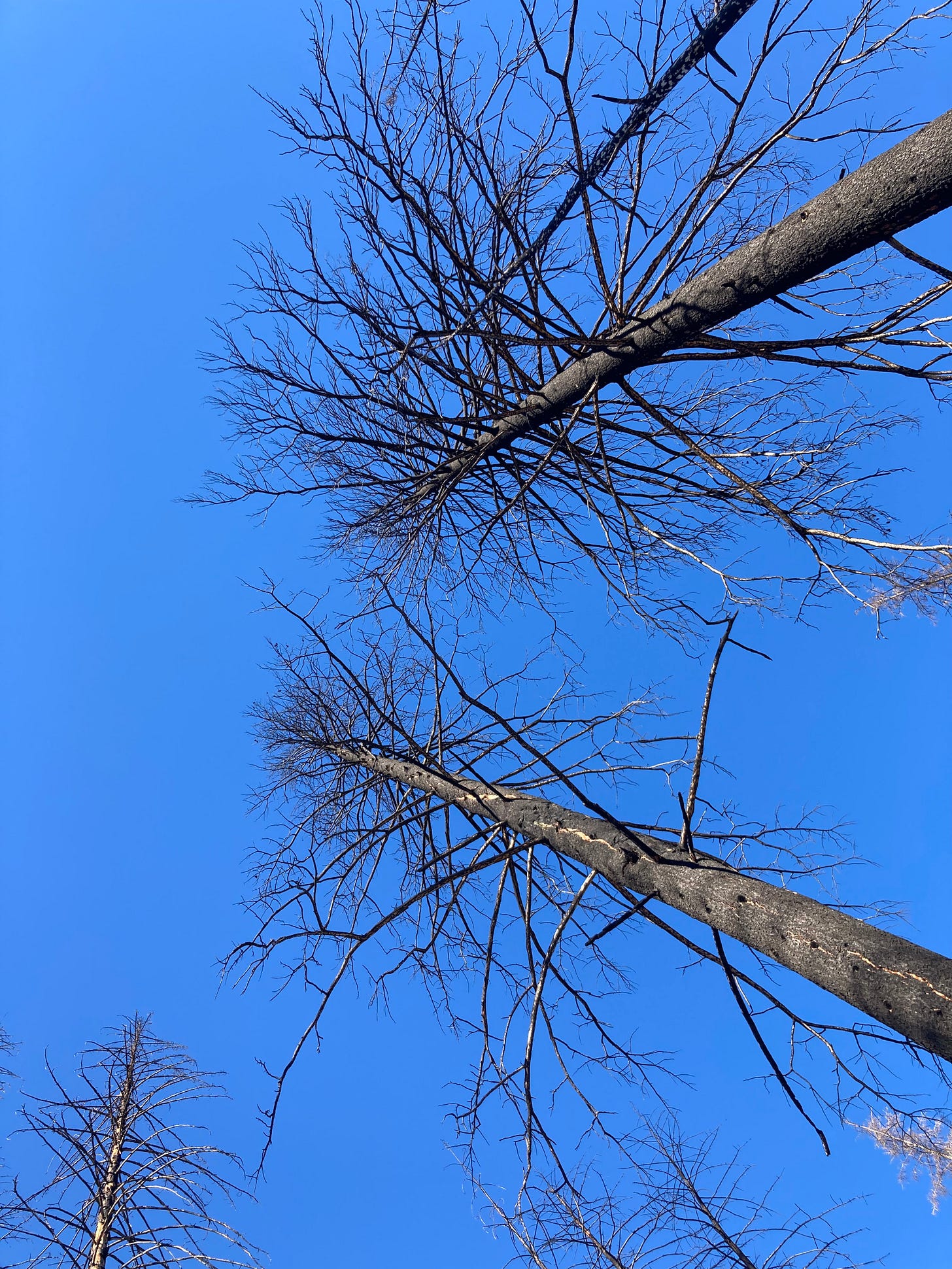Restoring Degraded Ecosystems - The Great Green Wall
A success story from Africa
It’s so easy to become discouraged these days facing the ravages of climate change. From catastrophic wildfires, droughts, superstorms and unpredictable seasons that impact food crops, we’ve collectively managed to turn a blind eye to the devastation of poor land management decisions and greed until it is now biting us all in the ass.
But every now and then there comes a story of hope. One of those stories looks like the Great Green Wall in Africa.

How do you hold back the expansion of the Sahara Desert?
The Sahara Desert is the world’s largest hot desert, occupying nearly the entire northern part of Africa and covering an area the size of the entire United States. The famous sand dunes can reach over 600 ft tall (183 m). The dust storms are so extreme that Sahara Desert dust is spread across the globe.
This desert expands by approximately 1% each year, which is the equivalent of 48 km of newly impacted land.

What is the Great Green Wall Initiative?
The Great Green Wall of Africa is an epic vision to create a green living barrier to stop the expansion of the Sahara Desert. Started back in 2007, the project is now 15% of the way to creating a living, breathing, food producing barrier to the desert.
Reviving ancient techniques for growing in the African soil, this project helps convert the sun baked, rock hard soil of the desert into conditions that enable plants to grow again. These areas are nurtured by teams of local people. And the results are simply amazing.
Take a look at this video to see the positive impact this is having. It’s just 12 minutes long and filled with an amazing story of hope for world.
What are the lessons for us all?
When I watched the video this morning, I was filled with hope. In my professional career as a Landscape Ecologist, I am currently working on the recovery of Mule deer winter range within several catastrophic wildfire areas near to where I live. The intense heat of the fires has burned away all the organic matter in places, leaving a layer of baked ash and shattered rock. We are working to prioritize areas for tree planting, and for the re-establishment of culturally significant plants and medicines used by the St’at’imc First Nation on whose lands these fires have occurred.

Mule deer need old growth fir to survive the winters here. That means it will take well over 120 years to regain the habitats destroyed by the fires. No one working on the fire recovery today will live to see the return of functioning deer winter habitat in these areas. But it is critical that we act fast to get trees re-growing, and ecosystems rebuilding, in the hopes that one day the deer will again be plentiful on this land. You can learn more about this work and the team coming together on this area from this CBC Radio Program Ideas podcast.
The Great Green Wall is a massive project, over a long time scale that is having positive results right now. It demonstrates that we can cooperate and address climate change issues. It demonstrates that ecosystems are incredibly resilient and can heal when we support them.
In so many ways both the Great Green Wall, and efforts to recover areas after catastrophic wildfires are bandaids - we are treating the symptoms, but not the cause.
In Canada right now there is a big outcry over an increased carbon tax, and yet those protesting are not offering alternative measures to deal with the devastating climate change issues that are affecting more and more each year. I am pretty sure those same protestors would be screaming even louder when their homes burn down in the West or get wiped out by hurricanes in the East. . . why wasn’t more done. Hmmm - why indeed?
I am not necessary a fan of the carbon tax, and I’m not even sure it works, but at least it is some kind of clear signal to everyone that we need to change away from the status quo now and do something different. We are not going to solve these problems by continuing on the same path we are on. We are walking straight into the desert (or the fire) without any water in sight.
I am not sure what it will take to make people change for real and realize we need to be doing more fast if we want to continue to enjoy food and shelter in the places we currently call home.
I’m already there, having lived through repeated extreme wildfire years, and evacuating a few times (for me, luckily, never for too long). I have a lot of fire-proofing to do on my property this year which will mean removing some of the trees close to my house. But it also means planting new trees this year - 20 food producers going in this spring including some shagbark hickory, Japanese heartnuts, Korean pines and Hazelnuts. I only wish I had the foresight to plant these nut trees 10 years ago! Better late than never. Perennial sources of food, potentially resilient to the climate shifts we are seeing, is a winning strategy (or so I hope).
What threats are you facing in your area? What changes are you thinking about making to improve your resilience? Tell us in the comments.



